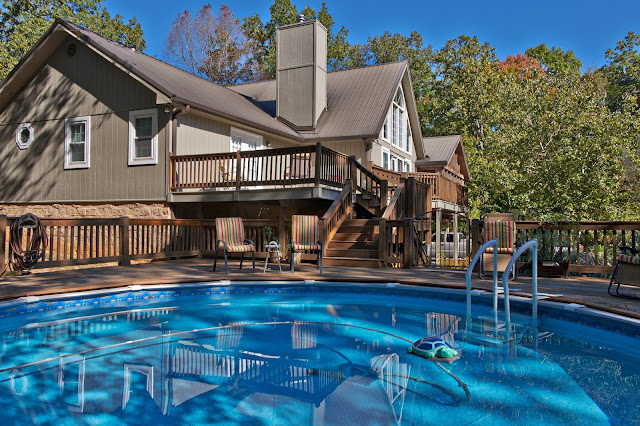ELECT CLINTON LORD
Sign on a highway in East Georgia.
Do you
think this is what she's really wanted all along?
Olympus OM camera, Fujichrome 100 film
Although I try to stay away from politics in this blog, in a post last December I happened to mention President Trump in a favorable way. That promptly elicited a comment from one of my readers, who signed himself "Anonymous."
(Let me state for the record here that I have been posting on numerous internet fora for more than 30 years and have never once signed myself as "Anonymous." If I'm not willing to put my name on it, I don't post it.)
Anyway "Anonymous" wrote: "Great president? I admire your photography writing so I am curious what you find "great" about this president." He went on to list some of the things he didn't like about Mr. Trump.
He further wrote: "It's sad and a bit terrifying when seemingly kind, empathetic writers turn out to be this way. The only way I can explain it to myself is successful brainwashing over the last decades. I do hope you come to reconsider your views at some point. (For example, is an obvious blind hate for 'the left, who is out to get you', really who you want to be as a person?)"
Leftists, of course, consider themselves to be without
bias. But where is the actual bias here? He finds my writing to be "kind"
and "empathetic," which he cannot reconcile with my support for Mr.
Trump. Apparently I have been "brainwashed" and have "blind
hate." I'm even "a bit terrifying." (Don't tell my wife, who is most assuredly not afraid of me.)
What's the message here? That anyone who would support Mr. Trump, which I have done and continue to do, is some kind of troglodyte, or at best has been brainwashed.
But this cannot be bias, because as everyone knows, leftists are not biased.
Photograph and text copyright 2021, David B.Jenkins.
I post Monday, Wednesday, and Friday each week unless life gets in the way.
Soli Gloria Deo
For the glory of God alone
Tags: Photography, Dave Jenkins, Olympus OM camera, Fujichrome film, President Trump, roadside signs










